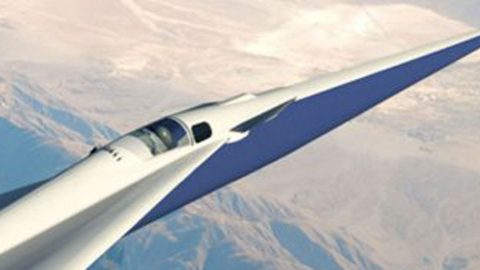
Lockheed-Martin
On October 14th, 1947 Chuck Yeager broke the sound barrier while piloting the Bell X-1 and redefined the world of aviation. Ever since that moment jets have pushed the limits of supersonic travel, people love the speed but they don’t like the noise it produces. Now scientists at NASA are claiming that they have finally found a way for aircraft to eliminate the sonic boom.
Supersonic flight is efficient but it is bothersome to the people exposed to the high levels of noise. Anyone who has worked on an Air Force Base during an engine test will tell you how damaging it is to the ears. Even at far off distances the sonic boom produced can be troubling to residents. For this reason, supersonic jets such as the Concorde were only permitted to fly over ocean due to the high levels of noise produced by its sonic boom.
It seems that the development teams at NASA and Lockheed have developed a model that greatly reduces that shockwaves emitted by supersonic flight. The Quiet Supersonic Technology X-Plane (QueSST) is developed by the legendary Skunkworks and is expected to go into testing in 2018.
“It’s easy to achieve at the front of a plane but much harder when you get to the wings and engines. The [first-phase] design minimizes sharp shocks so that the perceived decibel level of the sonic boom falls from 105db on Concorde to about 75db. That’s like the difference between hearing the really loud crack of thunder when there’s a storm right on top of you, and the distant rumble of thunder some way off.”
– Peter Coen (NASA X-Plane Project Manager)
The research team talks about their new discoveries concerning supersonic flight in this short video clip.